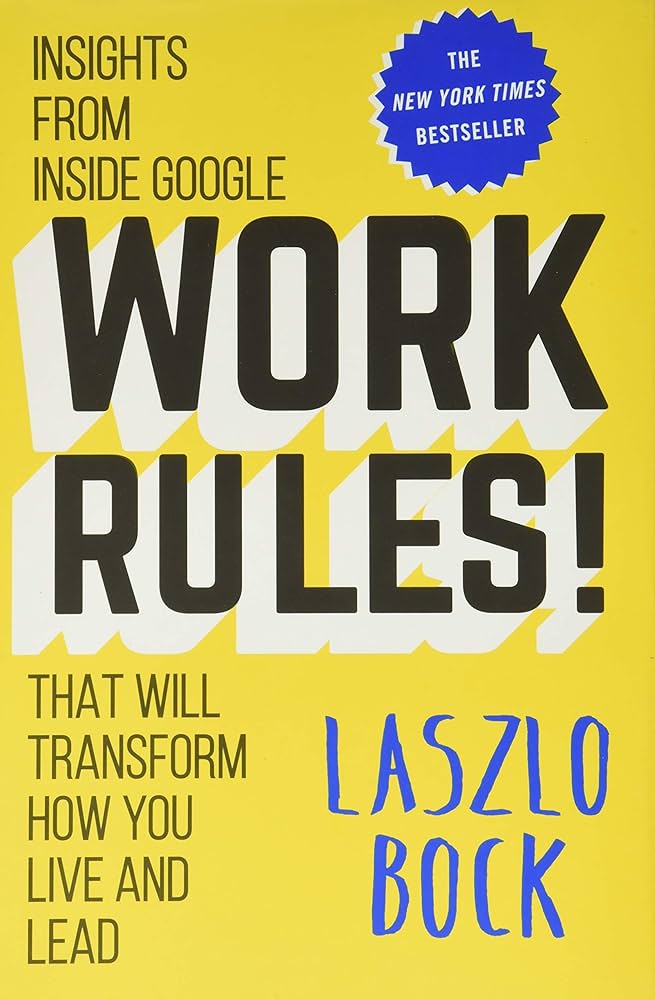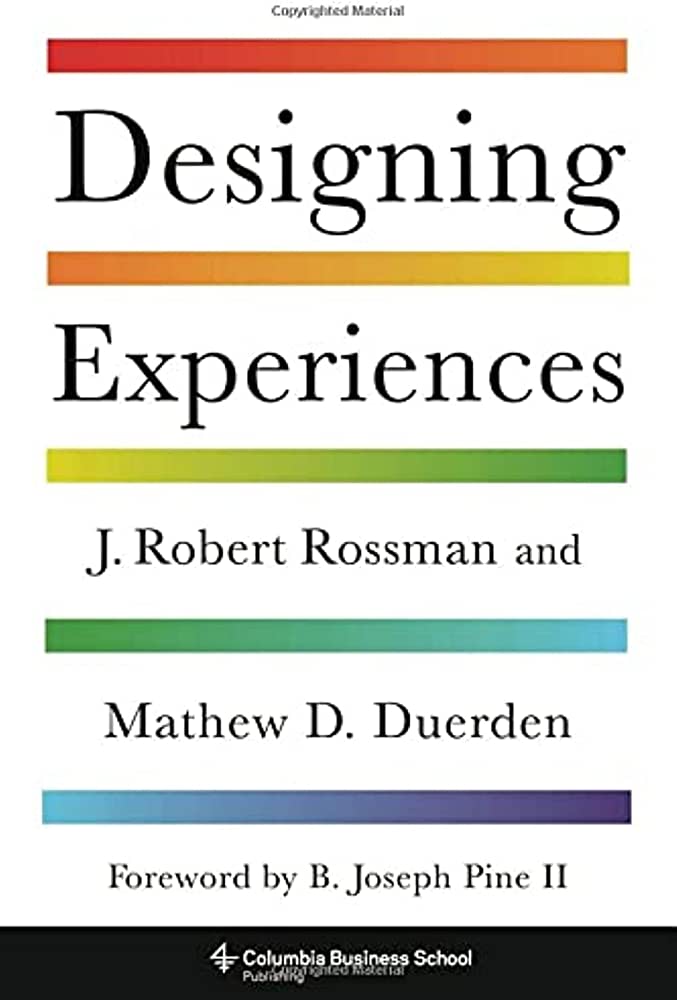Tribal Leadership: Leveraging Natural Groups to Build a Thriving Organization
RATING


In Tribal Leadership, Dave Logan, John King and Halee Fischer-Wright tackle the well-known and fascinating topic of people’s tendencies to segregate into groups with which they identify most, and in which they feel the most comfortable. They accomplish this by founding, discussing and building a 5-stage model of what they describe as “tribal culture”.
In this book Logan, King and Fischer-Wright describe this model of social interaction among people as communities and individuals. The fundamentals of the book are driven from the authors’ “5 stages of tribal culture“ methodology. The first tribal stage “<All> Life Sucks” is a description of the most desperate mentality, where people who are hostile band together purely for survival. The second stage of “<My> Life sucks” describes people who are apathetic, passively antagonistic and judging. The third stage is a “I’m great (and you’re not)” driven by a lone warrior mentality. The fourth stage, described as “We’re Great” exhibits tribal pride based on the achievements, but they are driven by competition. And finally, the 5th stage of tribal culture, “Life is Great” is a group of people driven not by competition or their own desires, but by a greater calling with the inspiration to change the world for the better. The distribution of where people fall in these tribal cultures follows a fairly even distribution of a normal bell curve. This means that stages one and five, the rarest have less then 2% of the population in them, while two and four have roughly 23% and stage three has roughly 50%.
Whereas most would think that great leaders would always be at stage 5, the book culminates with the thought that great leaders are those that have the skills to communicate across tribal stages, connect others across tribal divides, and move tribes up the progression of stages.
The topic of leadership and tribalism is an often discussed, narrated and debated topic with many different perspectives. Tribal Leadership has a wonderful mix of theory, application, and case study support. What is particularly invaluable is the fact that the book is advocating for stronger communication and maintains clear values of caring and consideration for the people around you. This book is beneficial not because it will revolutionize the world with its groundbreaking ideas, but because it concisely and clearly gives you a foundation to work from when building or developing your own leadership skills.
While tribalism and this book’s applications work in many different circumstances and situations, in reality there is no one style that fits all needs and situations in this world. People may take away that stage 5 is the goal for all, when, in fact, for many businesses, stage 5 may be a very distant reality. With this in mind, a bit more emphasis may be placed on the existence of all stages in a given organization and the gradual evolution up the progression of stages that is most likely realistic for that specific organization.
“Tribal Leadership gives amazingly insightful perspective on how people interact and succeed. I learned about myself and learned lessons I will carry with me and reflect on for the rest of my life.”
—John W. Fanning, Founding Chairman and CEO napster Inc.
“An unusually nuanced view of high-performance cultures.”
—Inc.
Within each corporation are anywhere from a few to hundreds of separate tribes. In Tribal Leadership, Dave Logan, John King, and Halee Fischer-Wright demonstrate how these tribes develop—and show you how to assess them and lead them to maximize productivity and growth. A business management book like no other, Tribal Leadership is an essential tool to help managers and business leaders take better control of their organizations by utilizing the unique characteristics of the tribes that exist within.
For aspiring or emerging leaders or professionals currently in leadership positions this is a wonderful book to add to your repertoire. It gives a neat perspective on leadership and the importance and value of a positive, healthy and happy group mentality.
See content on this topic

Sales training for front line along with basic development and coaching principles for line management.
Understanding how leaders must evolve with relation to the evolution of business models, new management models, and the significant changes to the workforce with Digital Natives now making up more than 50% of the workforce globally.
Understand the theory and mechanics of developing and managing a customer-centric and experience-driven corporate culture that is consistent and stable and includes elements of Employee Experience (EX) and Employee Relationship Management (ERM).
Understanding the evolution of leadership styles, management models, organizational structures, performance measurement and guiding change in the evolution of business models from product-centric to customer-centric and even relationship-centric.
Understand how to manage both internal and external digital transformation while considering the landscape for digital business models and the effect on traditional business models. Understanding organizational readiness for transformation and the role of corporate culture in managing transformations.
The changes in consumer behavior, employee behavior, and the evolution of business models in the digital age cause significant difficulties and imperatives for leaders who must develop new skills and evolve their leadership styles to be effective in this fast changing, challenging, and competitive environment.
Understanding how leaders must evolve with relation to the evolution of business models, new management models, and the significant changes to the workforce with Digital Natives now making up more than 50% of the workforce globally.
Understand how to manage both internal and external digital transformation while considering the landscape for digital business models and the effect on traditional business models. Understanding organizational readiness for transformation and the role of corporate culture in managing transformations.
The changes in consumer behavior, employee behavior, and the evolution of business models in the digital age cause significant difficulties and imperatives for leaders who must develop new skills and evolve their leadership styles to be effective in this fast changing, challenging, and competitive environment.
Understanding how to design & manage change/transformation programs in organizations of different sizes. This course will help any size team or organization to better deal with change & transformation on any scale.




 Copy Link
Copy Link
 E-mail
E-mail
 LinkedIn
LinkedIn
 Facebook
Facebook
 Telegram
Telegram
 WhatsApp
WhatsApp

















 Go Back
Go Back
Leave a Reply
You must be logged in to post a comment.